Home>Gardening & Outdoor>Landscaping Ideas>What Size Should A Raised Garden Bed Be
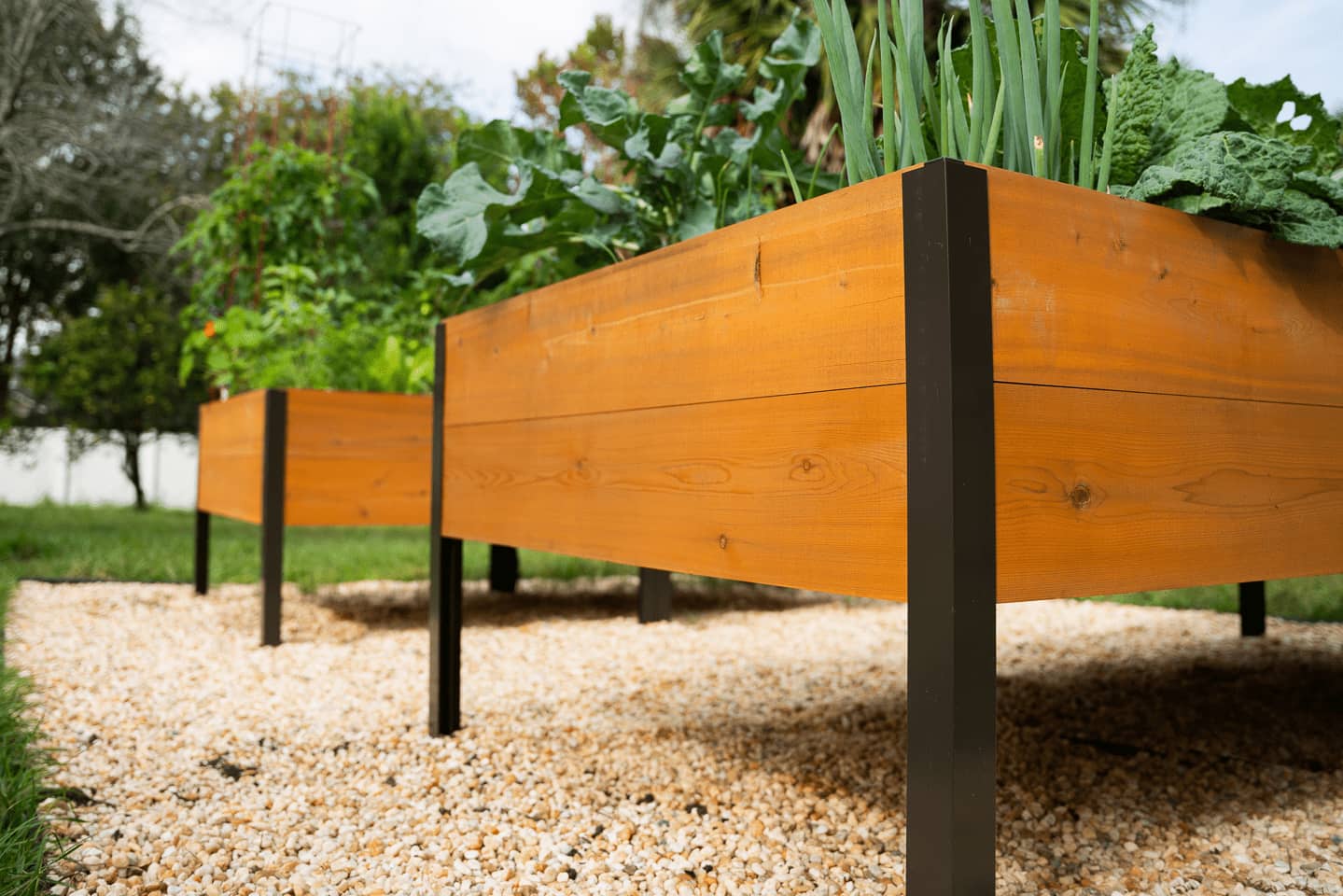

Landscaping Ideas
What Size Should A Raised Garden Bed Be
Modified: August 30, 2024
Discover the ideal size for your raised garden bed with our expert landscaping ideas. Create a functional and beautiful outdoor space with the perfect dimensions.
(Many of the links in this article redirect to a specific reviewed product. Your purchase of these products through affiliate links helps to generate commission for Storables.com, at no extra cost. Learn more)
Introduction
Raised garden beds have become increasingly popular among gardening enthusiasts due to their numerous benefits. These elevated planting areas offer improved drainage, better soil quality, and easier access for planting, weeding, and harvesting. When considering the size of a raised garden bed, it's essential to take into account various factors to ensure optimal growth and productivity for your plants. In this article, we will explore the key considerations for determining the size of a raised garden bed, common dimensions used, and how to select the right size for your gardening needs. Whether you're a novice gardener or a seasoned horticulturist, understanding the ideal size for your raised garden bed is crucial for creating a thriving and bountiful garden space.
Key Takeaways:
- Choose the size of your raised garden bed based on available space, planting goals, soil quality, accessibility, and aesthetic appeal to create a thriving and visually appealing garden space.
- Consider factors like available space, plant diversity, soil quality, and your gardening experience to select the right size for a successful and fulfilling gardening experience.
Read more: What Is A Raised Garden Bed
Factors to Consider When Determining the Size of a Raised Garden Bed
When determining the size of a raised garden bed, several factors should be carefully considered to ensure the optimal growth and health of your plants. These factors play a crucial role in determining the dimensions that will best suit your gardening needs. Here are the key considerations to keep in mind:
-
Available Space: The available space in your garden or yard is a primary factor in determining the size of your raised garden bed. Consider the dimensions of the area where you plan to place the bed, ensuring that it provides enough room for the bed itself as well as sufficient space for easy access and maintenance around the perimeter.
-
Planting Goals: Your specific planting goals and the types of plants you intend to grow will influence the size of the raised garden bed. If you aim to cultivate a variety of vegetables, herbs, or flowers, you may require a larger bed to accommodate the diverse range of plants. Conversely, if you have a specific selection of plants in mind, a smaller bed may suffice.
-
Soil and Drainage: The quality of the soil and the bed's drainage capabilities are essential considerations. If the soil in your garden is of poor quality, a raised bed allows you to fill it with high-quality soil, promoting healthier plant growth. Additionally, the bed's size should allow for proper drainage to prevent waterlogging, especially if you are growing plants that are sensitive to excess moisture.
-
Accessibility: Consider the ease of access for planting, weeding, and harvesting when determining the size of your raised garden bed. A bed that is too wide may make it challenging to reach the center, while a bed that is too narrow could limit the variety and quantity of plants you can grow.
-
Aesthetic and Design: The visual impact of the raised garden bed within your overall garden design is an important factor. The size should complement the aesthetic appeal of your garden while providing a functional and harmonious layout.
-
Gardening Experience: Your level of gardening experience can also influence the size of the raised bed. Beginners may find it more manageable to start with a smaller bed, while experienced gardeners may opt for larger dimensions to accommodate a wider range of plants and experiment with different gardening techniques.
By carefully considering these factors, you can determine the ideal size for your raised garden bed, setting the stage for a successful and enjoyable gardening experience.
Common Sizes for Raised Garden Beds
Raised garden beds come in a variety of sizes, each offering unique advantages based on the specific needs and preferences of gardeners. While the dimensions of raised garden beds can vary, there are several common sizes that are widely utilized in gardening practices. Understanding these typical dimensions can provide valuable insights when planning and designing your own raised garden bed. Here are some of the common sizes for raised garden beds:
4 x 4 Feet
A 4 x 4 feet raised garden bed is a popular choice for many gardeners, especially those with limited space or beginners looking to start small. This size offers a manageable area for planting a variety of vegetables, herbs, or flowers while ensuring easy access from all sides for maintenance and harvesting. Its compact footprint makes it suitable for urban gardens, patios, or small yards, making efficient use of space without sacrificing planting options.
4 x 8 Feet
Slightly larger than the 4 x 4 feet bed, the 4 x 8 feet raised garden bed provides ample space for a more extensive selection of plants. This size is favored by gardeners who want to cultivate a diverse range of crops or those with a larger outdoor area. The extended length of the bed allows for organized planting arrangements and facilitates efficient crop rotation, making it an ideal choice for those seeking a productive and visually appealing garden space.
Read more: How High Should Raised Garden Bed Be
3 x 6 Feet
The 3 x 6 feet raised garden bed strikes a balance between compactness and versatility. This size is well-suited for gardeners with moderate space availability who desire a bed that can accommodate a variety of plants without overwhelming the garden area. Its dimensions offer flexibility in planting arrangements while ensuring convenient access for tending to the plants, making it a practical choice for both novice and experienced gardeners.
Custom Sizes
In addition to these standard dimensions, raised garden beds can be customized to fit specific gardening requirements. Custom sizes are particularly beneficial for gardeners with unique space constraints or those seeking a tailored solution to integrate raised beds seamlessly into their existing garden layout. Customization allows for creative design possibilities and the ability to optimize the bed's dimensions to suit individual preferences and gardening goals.
By familiarizing yourself with these common sizes for raised garden beds, you can make informed decisions when selecting the dimensions that best align with your gardening aspirations and available space. Whether you opt for a standard size or choose to customize the dimensions, the key is to create a raised garden bed that harmonizes with your gardening vision and enhances the beauty and productivity of your outdoor space.
Choosing the Right Size for Your Raised Garden Bed
Selecting the right size for your raised garden bed is a pivotal decision that significantly impacts the success and enjoyment of your gardening endeavors. By carefully considering various factors and aligning them with your specific needs and preferences, you can determine the ideal dimensions for your raised bed. Here's a detailed exploration of the considerations involved in choosing the right size for your raised garden bed:
Planting Goals and Diversity
The size of your raised garden bed should align with your planting goals and the diversity of plants you intend to cultivate. If you aspire to grow a wide array of vegetables, herbs, or flowers, a larger bed provides the space needed for diverse plantings. Conversely, if you have a specific selection of plants in mind, a smaller bed may suffice. Consider the growth habits and space requirements of your chosen plants to ensure they have ample room to thrive.
Read more: What To Line A Raised Garden Bed With
Available Space and Accessibility
Assess the available space in your garden or yard to determine the appropriate size for your raised bed. Ensure that the dimensions of the bed fit comfortably within the designated area, allowing sufficient room for easy access and maintenance around the bed's perimeter. Accessibility is crucial for tasks such as planting, weeding, and harvesting, so the size should enable convenient reach to all areas of the bed without creating challenges.
Soil Quality and Drainage
The quality of the soil and the bed's drainage capabilities are essential factors in determining the size of your raised garden bed. If the existing soil in your garden is of poor quality, a larger bed allows for more significant volumes of high-quality soil, promoting healthier plant growth. Additionally, the bed's size should facilitate proper drainage to prevent waterlogging, especially if you are growing plants that are sensitive to excess moisture.
Aesthetic Harmony and Design Integration
Consider the visual impact of the raised garden bed within your overall garden design. The size of the bed should complement the aesthetic appeal of your garden while providing a functional and harmonious layout. Whether you opt for a standard size or a custom dimension, the bed should seamlessly integrate into the existing landscape, enhancing the beauty of your outdoor space.
Gardening Experience and Long-Term Vision
Your level of gardening experience and long-term vision for your garden play a role in determining the size of the raised bed. Beginners may find it more manageable to start with a smaller bed, allowing them to gain confidence and experience before expanding. Experienced gardeners may opt for larger dimensions to accommodate a wider range of plants and experiment with different gardening techniques, aligning with their long-term gardening aspirations.
By carefully evaluating these factors, you can confidently select the right size for your raised garden bed, creating an optimal environment for your plants to flourish and ensuring a rewarding and fulfilling gardening experience.
Read more: What To Plant In Raised Garden Beds
Conclusion
In conclusion, the size of a raised garden bed is a critical consideration that significantly influences the success and enjoyment of your gardening endeavors. By carefully evaluating factors such as available space, planting goals, soil quality, accessibility, aesthetic harmony, and gardening experience, you can determine the ideal dimensions for your raised bed. Whether you opt for a standard size or choose to customize the dimensions, the ultimate goal is to create a thriving and visually appealing garden space that aligns with your gardening vision.
The process of selecting the right size for your raised garden bed involves a thoughtful balance of practicality and creativity. It's essential to assess the available space in your garden or yard, ensuring that the dimensions of the bed fit comfortably within the designated area while allowing for easy access and maintenance. Additionally, considering your planting goals and the diversity of plants you intend to cultivate is crucial in determining the appropriate size. Whether you aspire to grow a wide array of vegetables, herbs, or flowers or have a specific selection of plants in mind, the size of the bed should provide ample room for your chosen plants to thrive.
Furthermore, the quality of the soil and the bed's drainage capabilities are pivotal factors that influence the size of your raised garden bed. A larger bed allows for more significant volumes of high-quality soil, promoting healthier plant growth, while proper drainage is essential to prevent waterlogging, especially for plants sensitive to excess moisture. Additionally, the visual impact of the raised garden bed within your overall garden design should be considered, ensuring that the size complements the aesthetic appeal of your garden while providing a functional and harmonious layout.
Your level of gardening experience and long-term vision for your garden also play a significant role in determining the size of the raised bed. Whether you are a beginner seeking a manageable starting point or an experienced gardener looking to accommodate a wider range of plants and experiment with different techniques, the size of the bed should align with your long-term gardening aspirations.
In essence, choosing the right size for your raised garden bed involves a holistic approach that integrates practical considerations with personal preferences and gardening goals. By carefully evaluating these factors, you can confidently select the ideal size for your raised garden bed, setting the stage for a successful and fulfilling gardening experience.
Frequently Asked Questions about What Size Should A Raised Garden Bed Be
Was this page helpful?
At Storables.com, we guarantee accurate and reliable information. Our content, validated by Expert Board Contributors, is crafted following stringent Editorial Policies. We're committed to providing you with well-researched, expert-backed insights for all your informational needs.
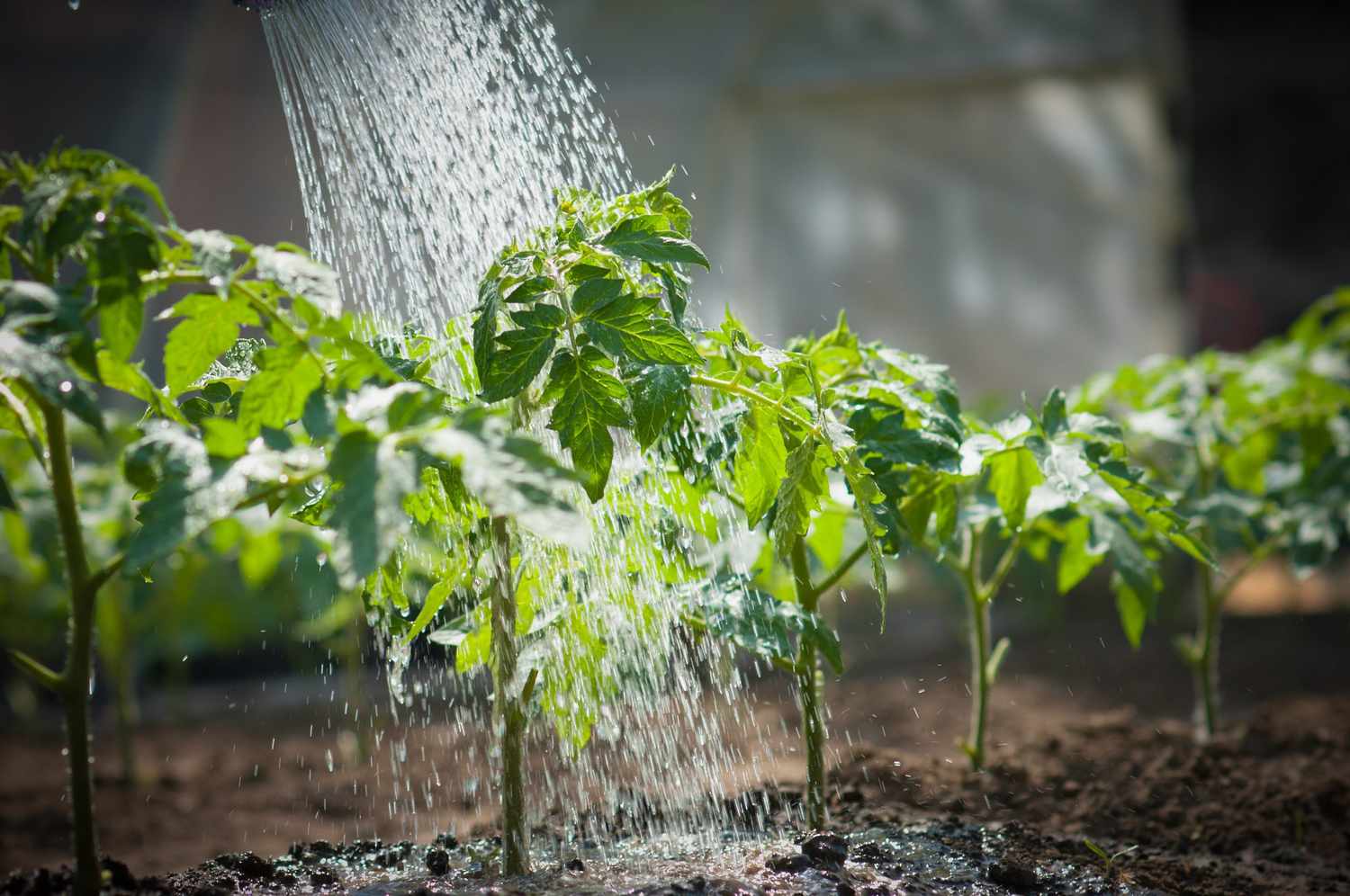
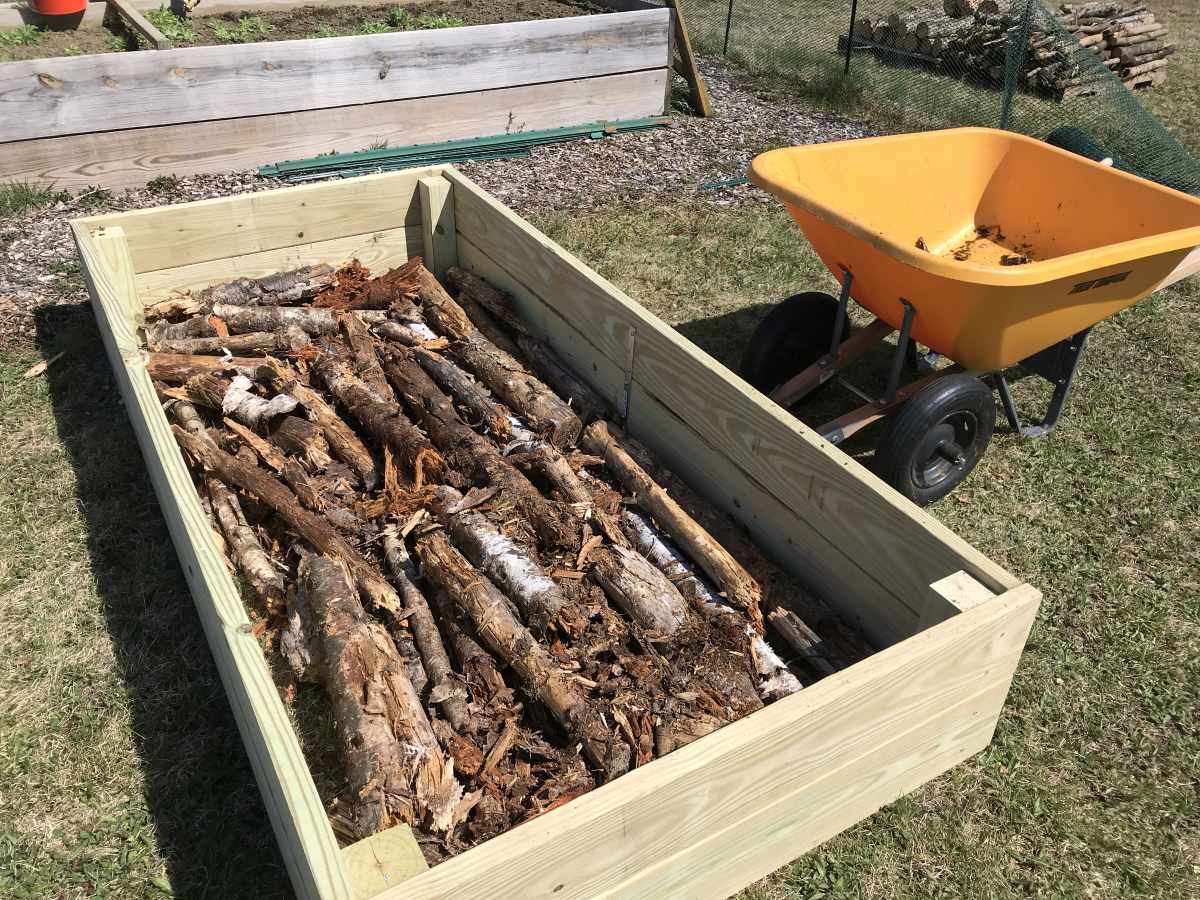
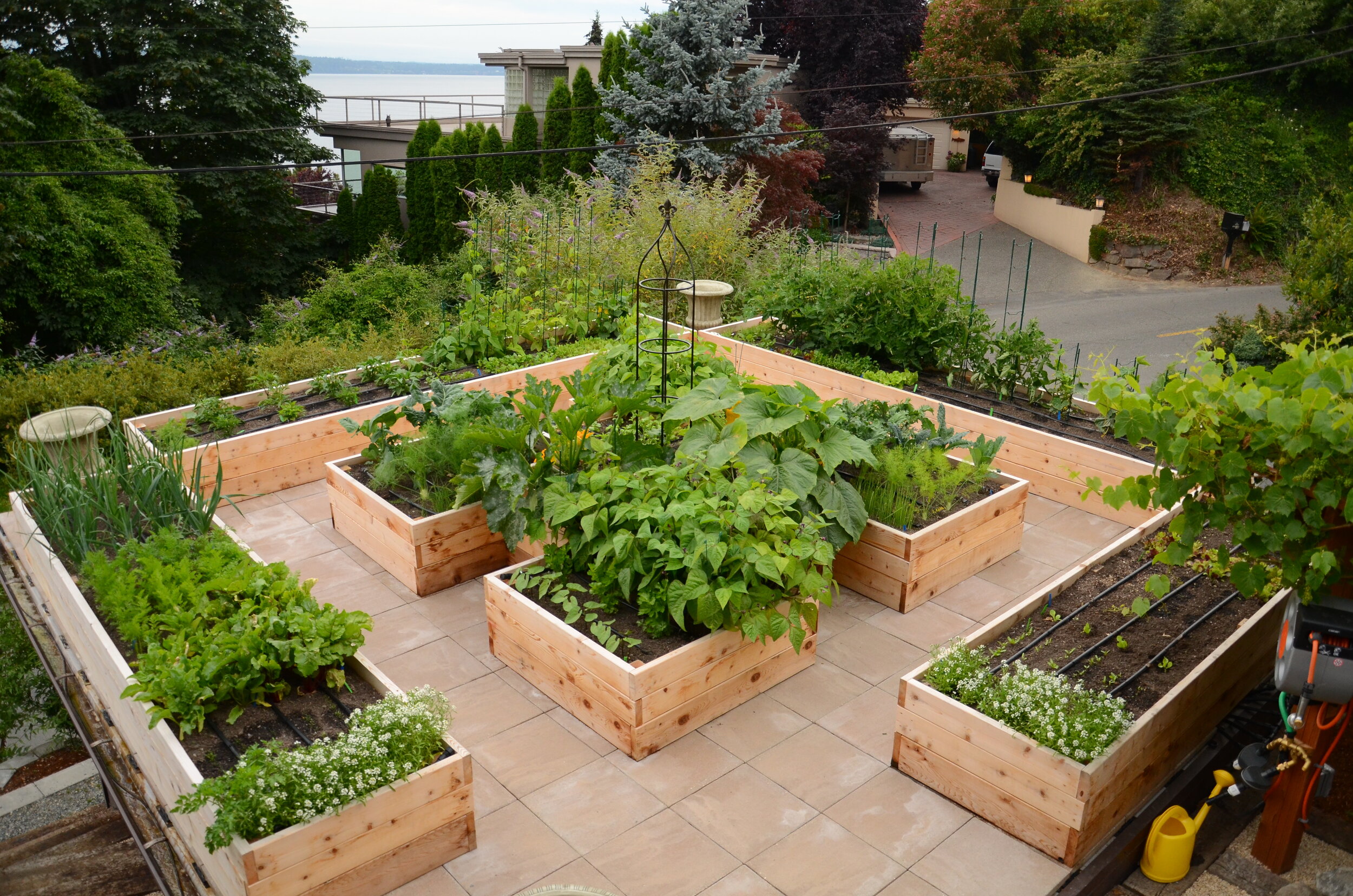
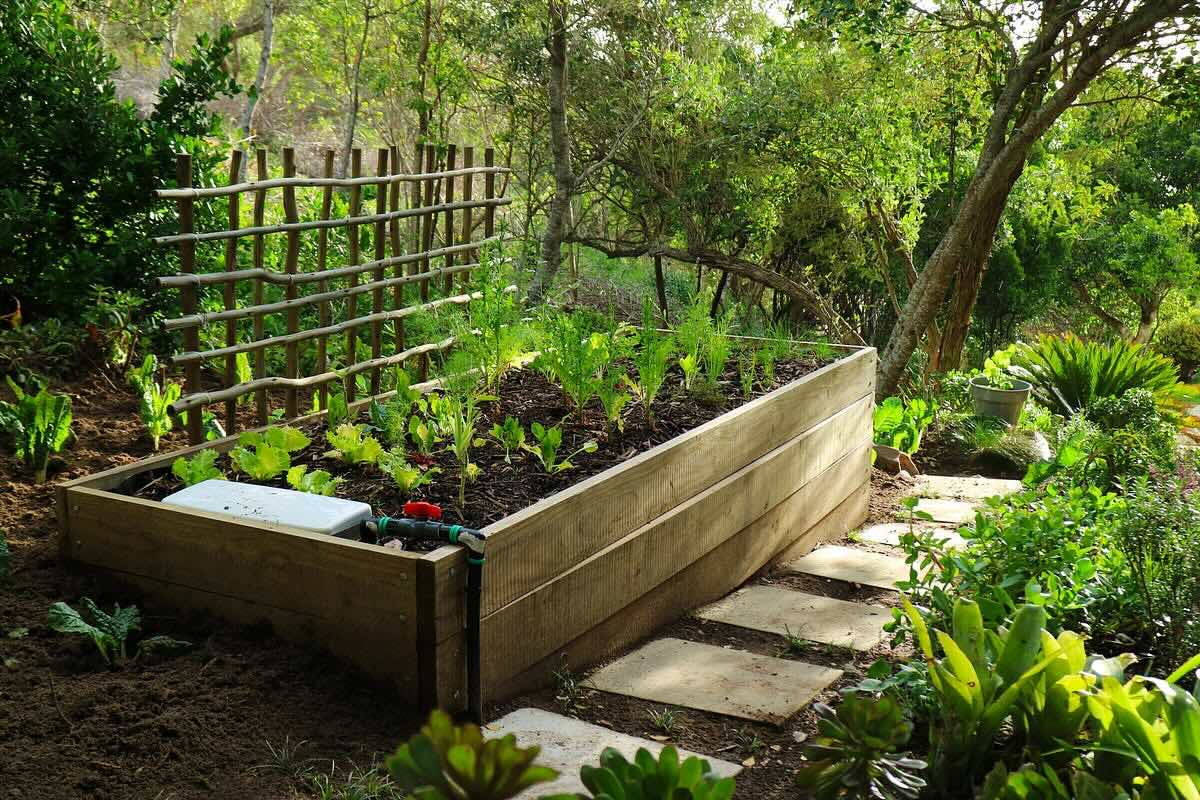
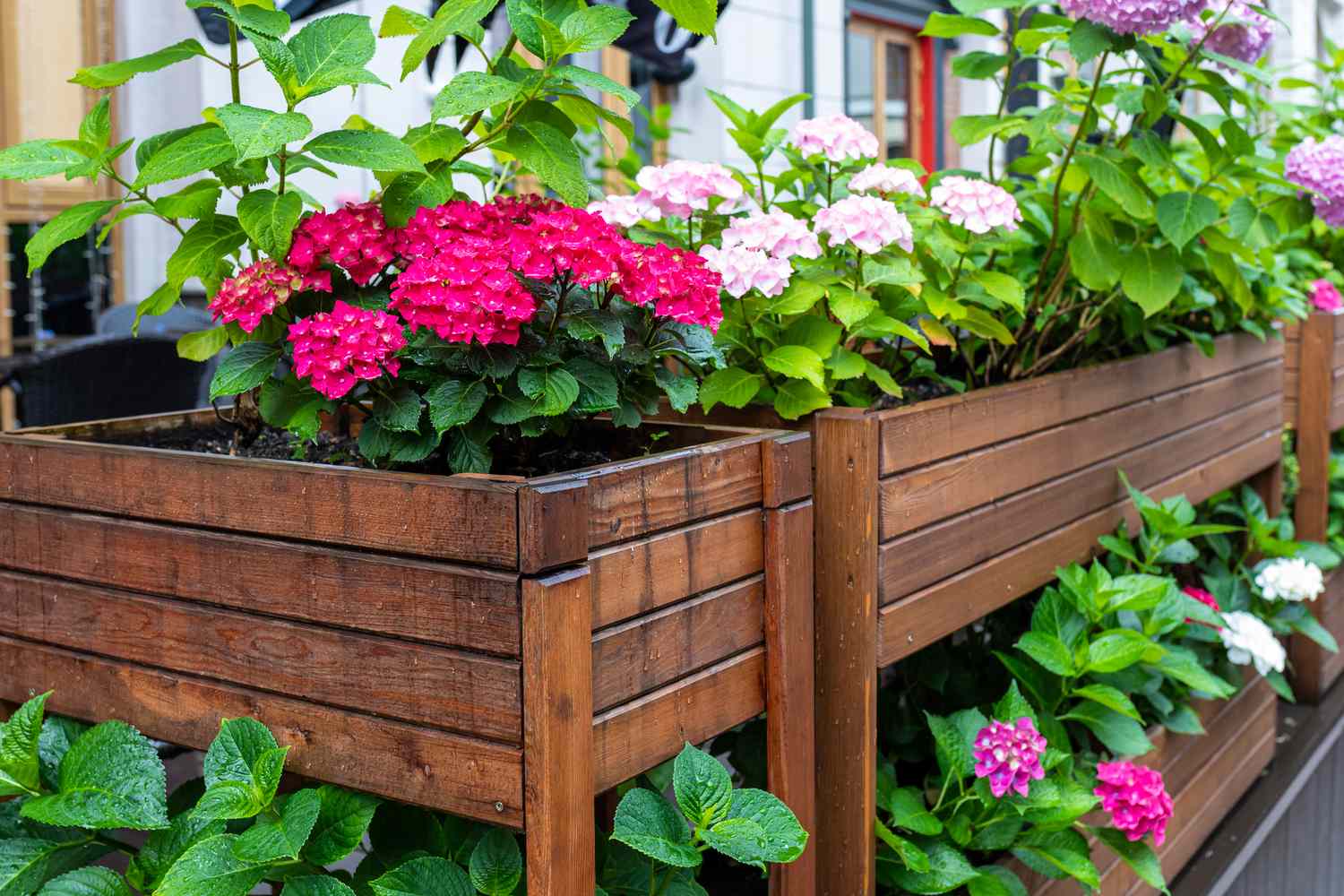
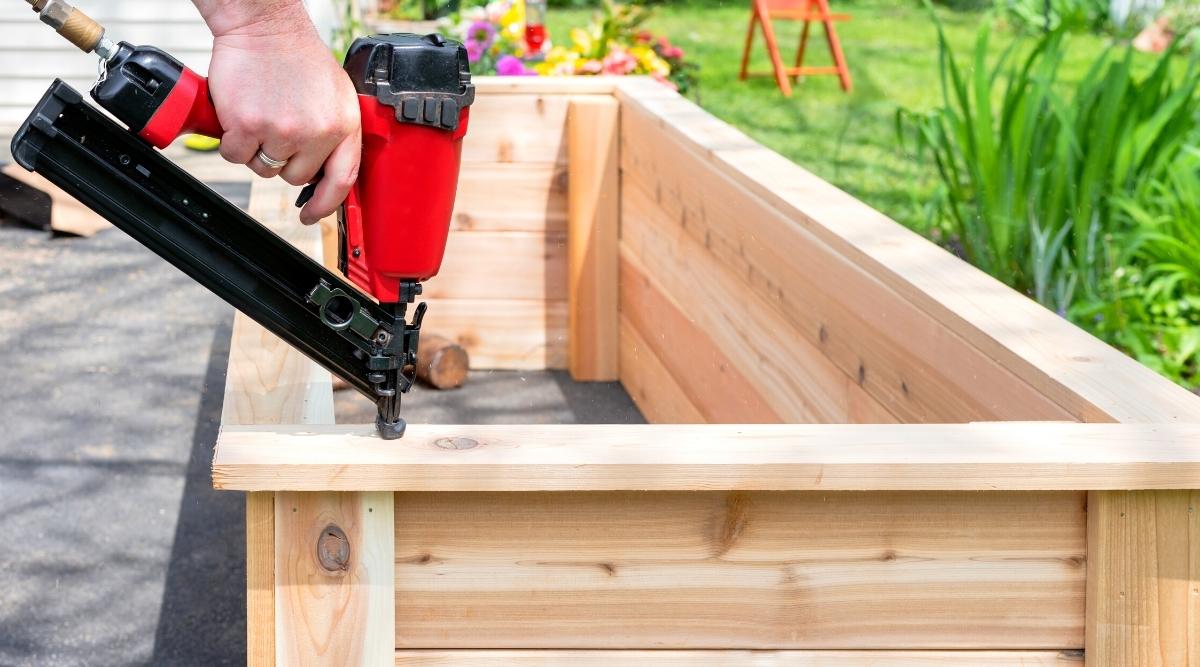
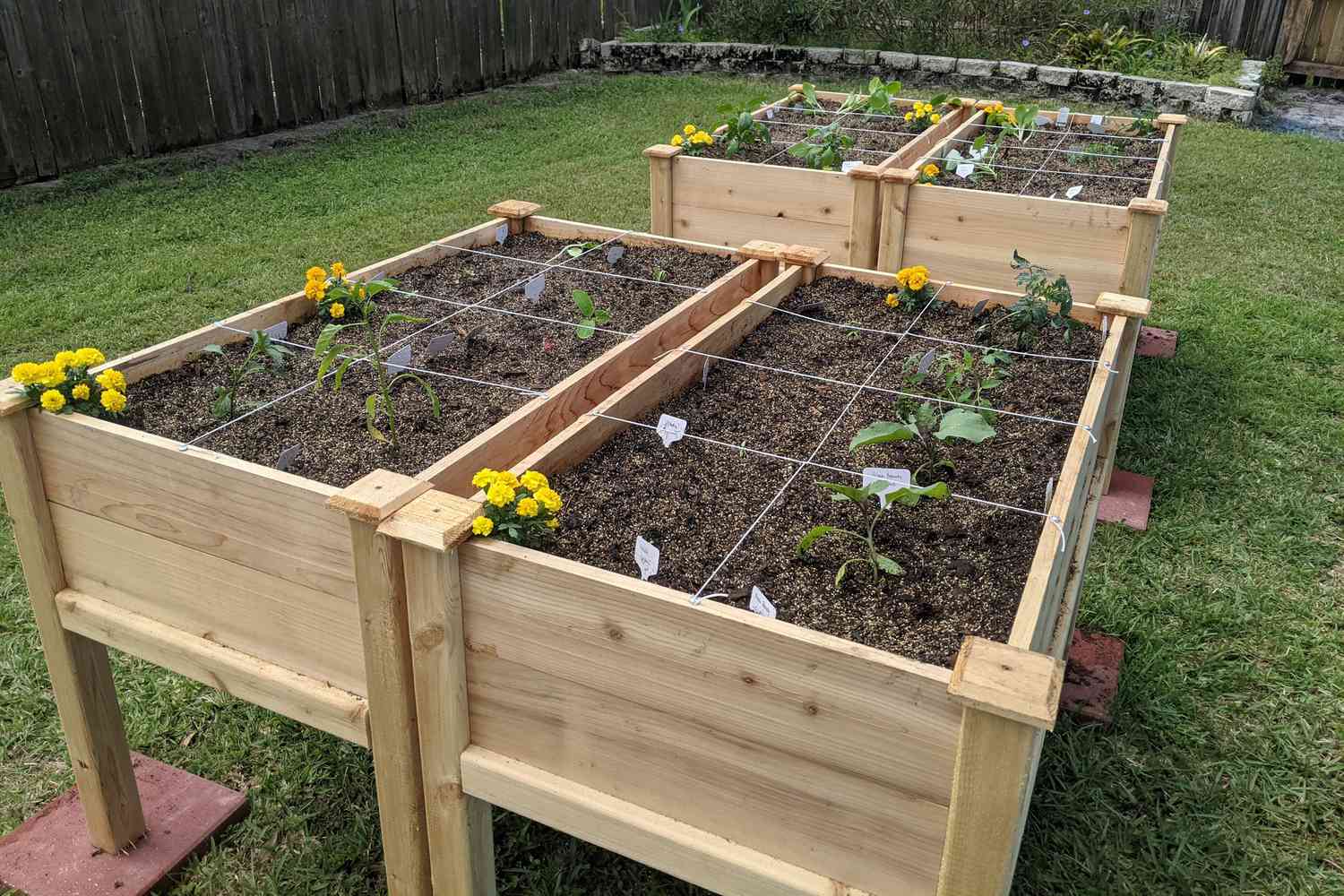
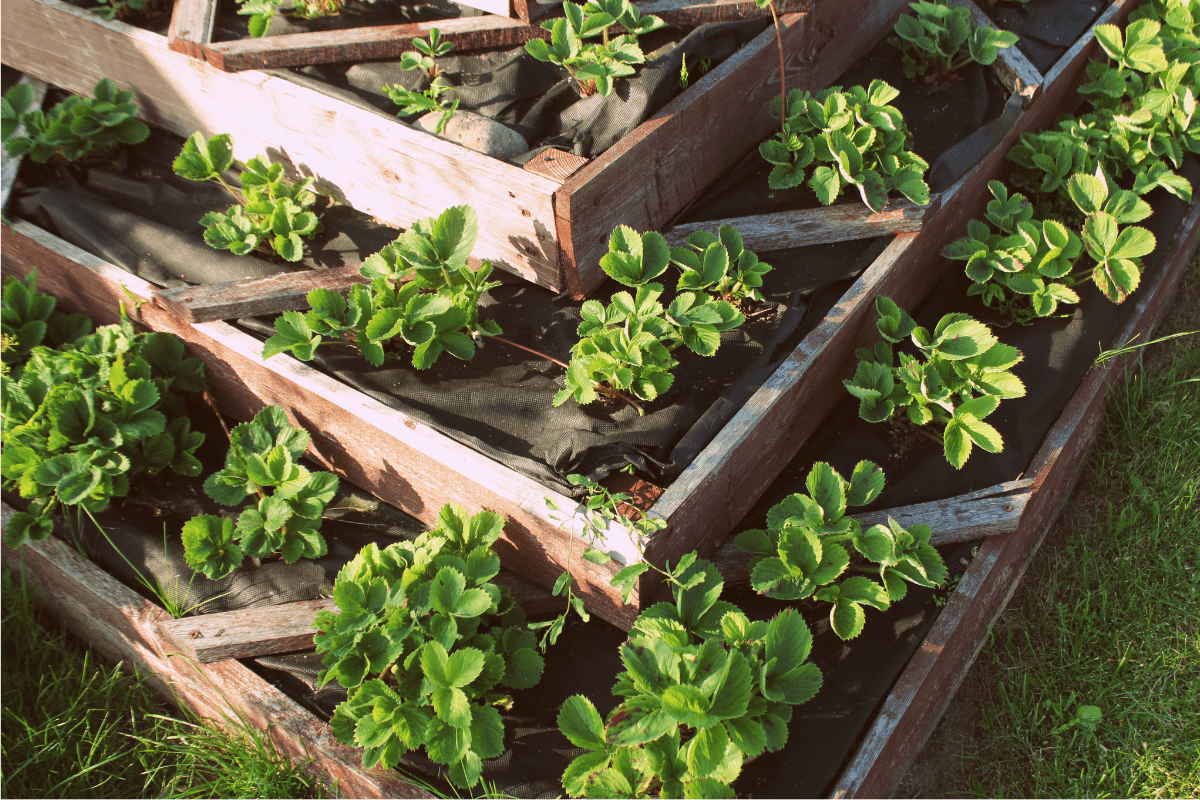

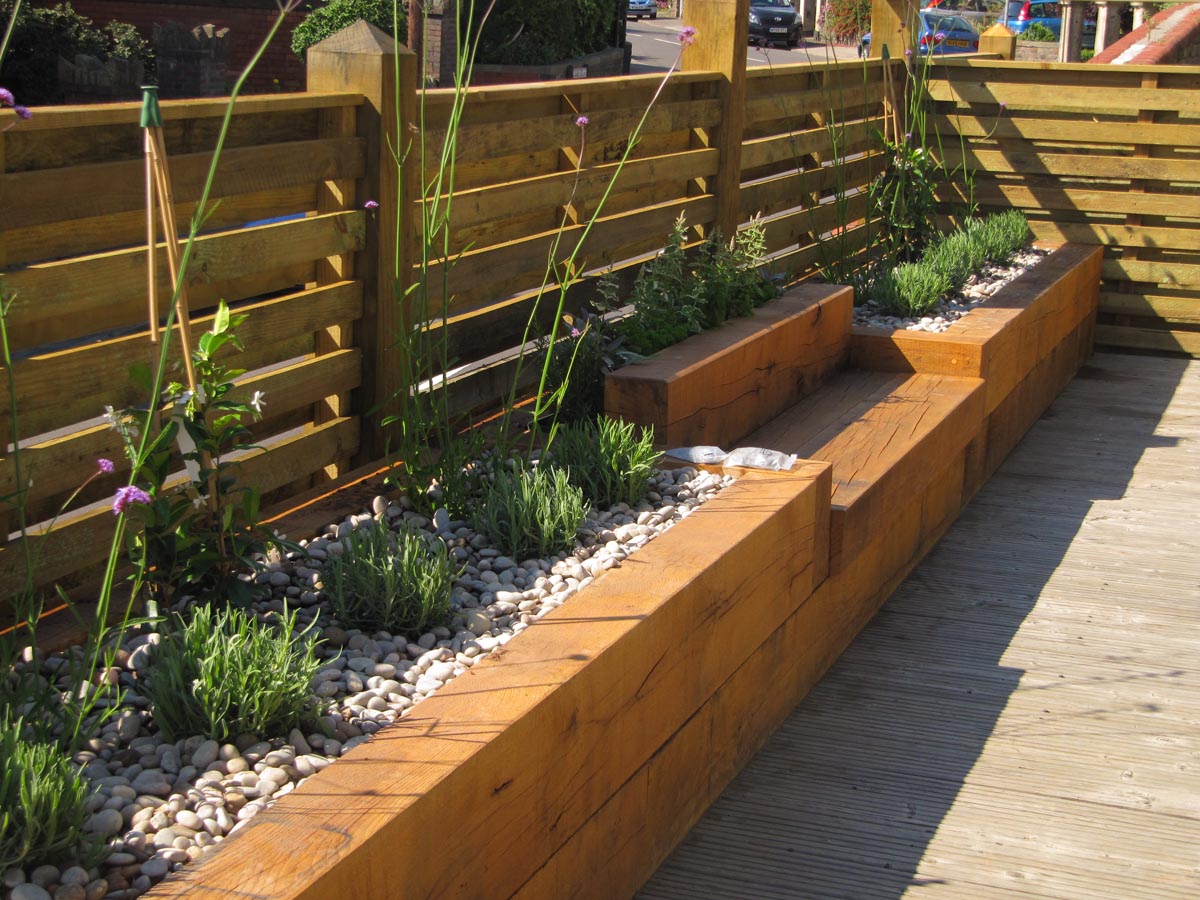
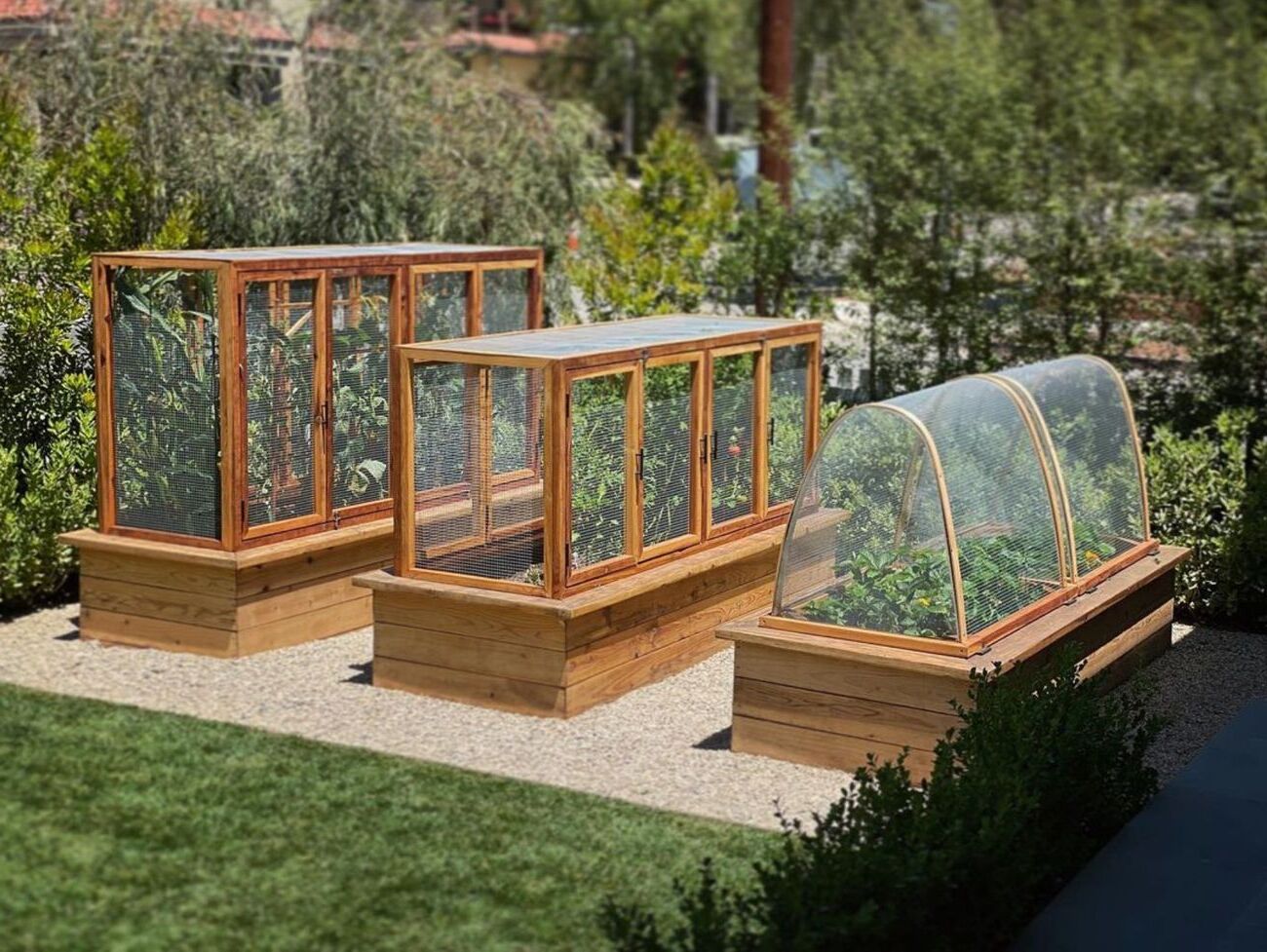
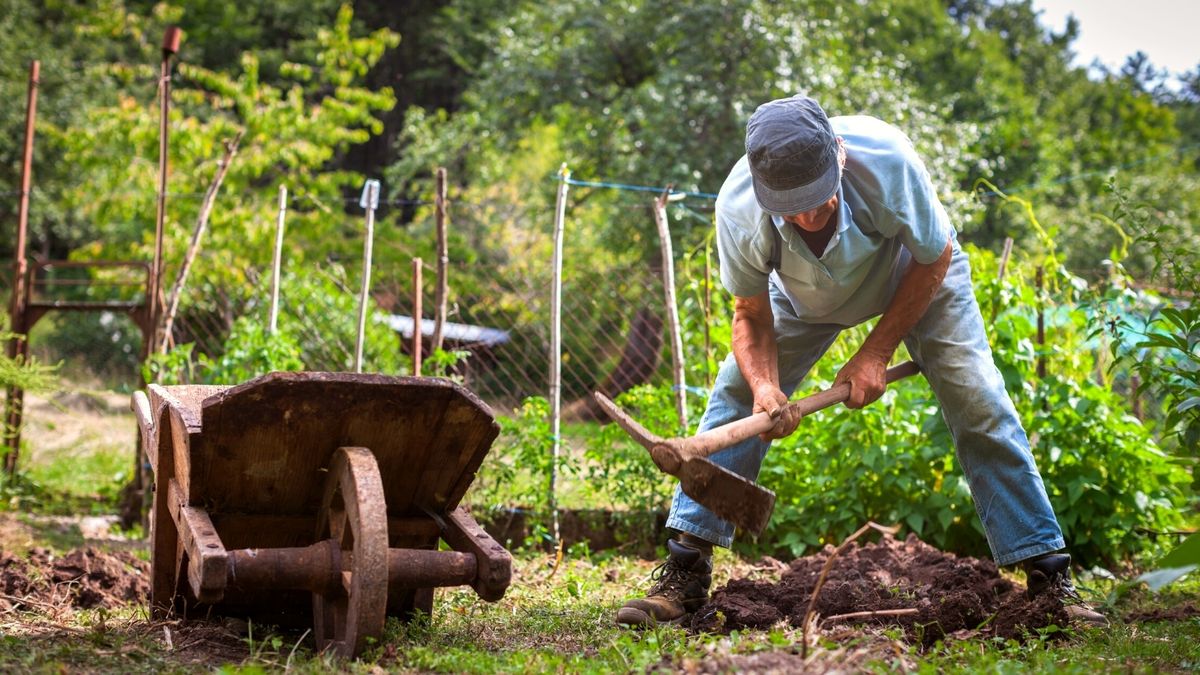

0 thoughts on “What Size Should A Raised Garden Bed Be”